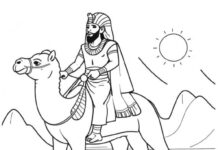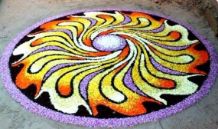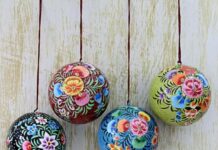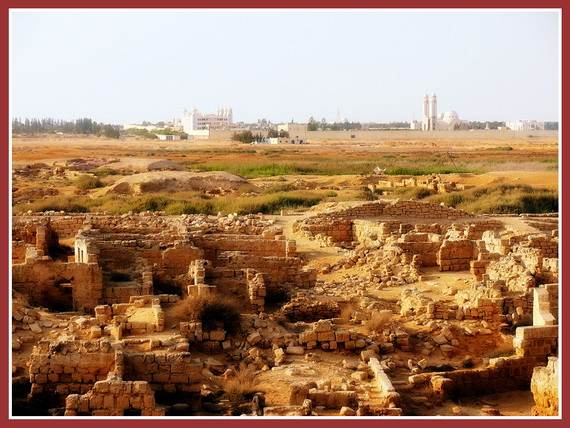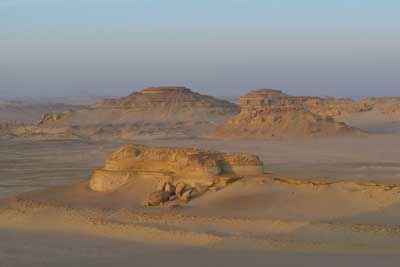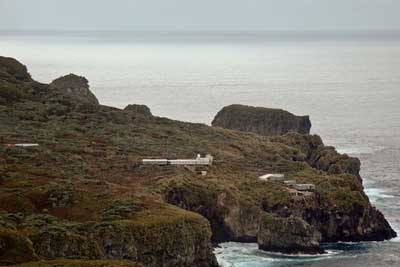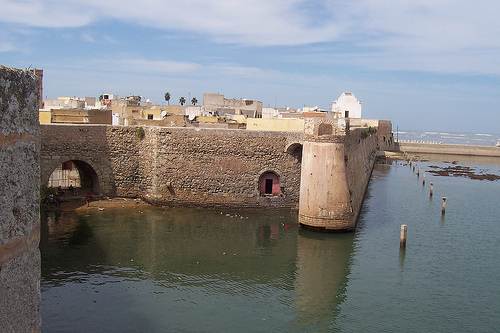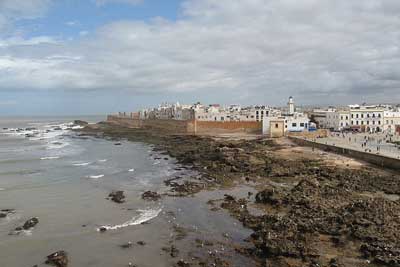The island of Gorée French Île de Gorée, is a small island lies off the coast of Senegal about 3 km just south of Cape Verde Peninsula, and opposite to the capital city Dakar, Senegalese.
In 1978 Gorée Island was listed as UNESCO World Heritage site, and several of its historic structures being valued and restored againin the 1980s and ’90s. From 1536 until 1848, before slavery was abolished in Senegal it was the Africa’s biggest slave trading centre from where many black slaves were deported to the Americas and other trading on the African coast.
It was estimated that nearly 500,000 Africans are thought to have been traded through the island, en route to the New World over a period of several hundred years. Île de Gorée, was a gateway to hell. The island of Gorée was one of the first anchorage in Africa in which ships from Europe stopped and settled by Europeans.
The island of Gorée have changed hands several times, the Portuguese sailors setting foot on the island in 1444 under Dinís Dias and occupied in subsequent years, the island was named “Ila de Palma”. The island’s indigenous Lebu people were later displaced, and fortifications were erected. It was controlled by the United Netherlands in 1588, and became station for Dutch ships plying the route between their forts on the Gold Coast (now Ghana) and the caribbean West Indies.
The island of Gorée became the perfect base for the early Europeans. Then the Portuguese again, again the Dutch — who named it after the Dutch island of Goeree, and the British took it over under Robert Holmes in 1664 from the Dutch.Then the Dutch then recaptured it. Count d’Estrées took the island for France in 1677. After the French gained control in 1677 during French maritime expansion under Count d’Estrées.
In 1802, by the terms of the Amiens peace agreement, the island remained continuously French until 1960, when Senegal was granted independence. Its architecture is characterized by combining different architectural styles, cultures and a contrast between the grim slave-quarters and the elegant houses of the slave traders.
What to See on Gorée:
Today, Goree Island is one of the major tourist attraction site because it symbolised the slave trade,which continues to serve as a reminder of human exploitation and as a sanctuary for reconciliation thus becoming a pilgrimage site for the African diaspora. The island is so small to get lost, and said to be so safe, there are no cars, no crime, that it was described like pilgrims visiting a holy shrine than as tourists. The island has Several museums and the remains of colonial-era forts attract tourists. The main attraction is the Maison des Esclaves (“Slave House”), it was a slave-shipping point which was built by an Afro-French Métis family about 1780–1784. The house has been converted into a museum and was described once by the several million slaves who have passed through it as a house of “doors of no return”. The door opens directly onto the sea. It is believed the slave traders may have used the door to dispose of dead bodies.The house includes displays of slavery artifacts. The slave house at Goree has been visited by dignitaries such as the Pope John Paul II in 1992 and stopped at the place where blacks were thrown into the sea apologized to Africa and asked for forgiveness because Catholic missionaries were involved in the slave trade. President Bill Clinton in 1998, Nelson Mandela and President George Bush in 2003. The IFAN (Institut Fondamental d’Afrique Noire) a Historical Museum or Forte d’Estrées all about the history of Senegal, (built in the 1850s). It is one of the first sights you see on approaching Gorée by boat. IFAN has preserved ancient artifacts such as tools or jewellery, and skeletal remains dating back millions of years. There are also museums of women’s history and of the sea ( a maritime museum). In Goree are a mosque and a church which is one of the oldest in the country. The Church of St. Charles Borromeo, located on the Place de l’Eglise, the church was built in 1830, in the French provincial style. Life in Goree today is pleasant however the buildings in island are a constant reminder of its dark clouds of the past.
Travel Resources:
Île de Gorée, Senegal Hotels – View hotels near this location, check availability, maps, photos and reviews, and book at the guaranteed lowest price.
View a selection of Books on Île de Gorée, Senegalat Amazon.






